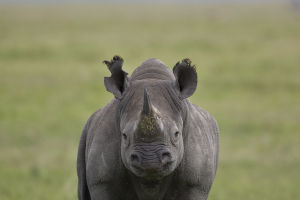Merops Orientalis is a small bird of the order Fulvicidae. The family is Bee-eaters, with nine subspecies.
Bee-eaters have gorgeous plumage, great flying skills, and like to fly around in groups. They also help their companions raise their chicks.
1. Habitat
This fascinating bird inhabits mainly the tropics and belongs to the order Fulvous Monk, along with Kingfisher and Fulvous Monk. They are found throughout the warmer parts of Africa, Asia, and Australia, with a few species living in Europe.
They prefer to inhabit open areas such as open forests, bamboo forests, and sparse grassy slopes, and often move individually or in small groups. Most of them fly in the air to hunt for food. When resting, they are mostly perched on branches and telephone wires, feeding mainly on insects.
2. Flight capability
Bee-eaters are highly skilled fliers, with long, pointed wings that allow them to fly quickly. Bee-eaters fly gracefully and can chase bees, wasps, or other flying insects in the air at high speeds. Eventually, they catch their prey with their long, slender, slightly downward-curved beaks. Another relatively common way they forage is to stand on a perch and search for insects, swooping down once they find their target.
Bee-eaters also have a relatively long and dagger-like beak. They are quite long-lived, surviving for 10 years or more.
3. Dietary preferences
Bee-eaters are adept at feeding on insects in the air. As their name implies, bees are one of their favorite foods. In addition, they also like to feed on dragonflies, locusts, wasps, ants, and other insects.
If Bee-eaters catch an insect with a stinger, they will rub it with a branch until the stinger is rubbed off. Sometimes Bee-eaters will also pound their prey until the stingers fall off their bodies.
4. Living habits
Bee-eaters are typical of forest birds. They tend to fly and feed among the branches and leaves of the tree canopy and the flowers.
When resting, they mostly stand on the top of high branches. When flying, they often rise from the top of the tree and then slide down in an arc, or fly in a circle over the canopy, and call as they fly.
Most of the time during the day is flying in the air, flying straight and fast, and sometimes accompanied by gliding. Sometimes in the village, in front of the house and orchard activities, rest more perched on the wire, dead tree branches or shrubs.
5. Breeding Style
Bee-eaters prefer to build their nests on steep embankments, and their sharp beaks are their best tool for digging burrows. Bee-eaters begin incubating their eggs after laying their first. When food is scarce, only the first hatchlings are likely to survive.
Adult Bee-eaters will bring back insects that do not have stingers to feed their chicks. Males and females take turns in nesting, egg incubation, and brood-rearing duties. Once the young can fly away from the nest to feed, bee-eaters that are temporarily infertile will often help their companions feed the chicks again.
Do you like this kind of beautiful and lovely bird?


